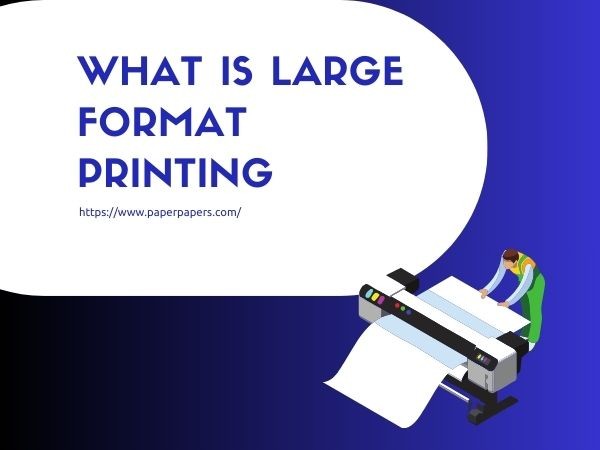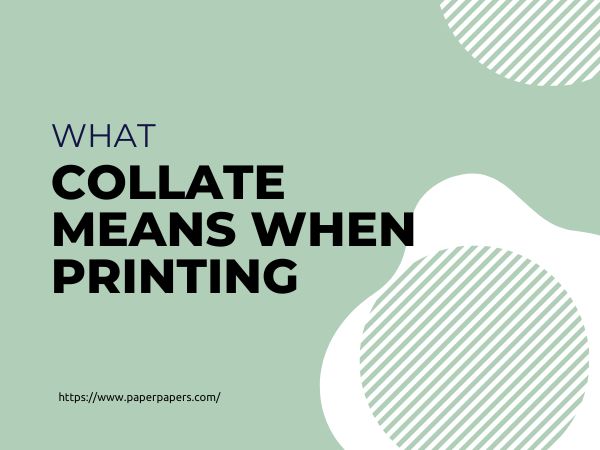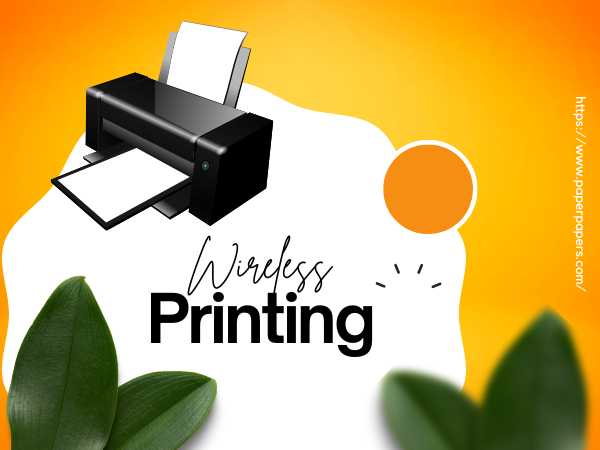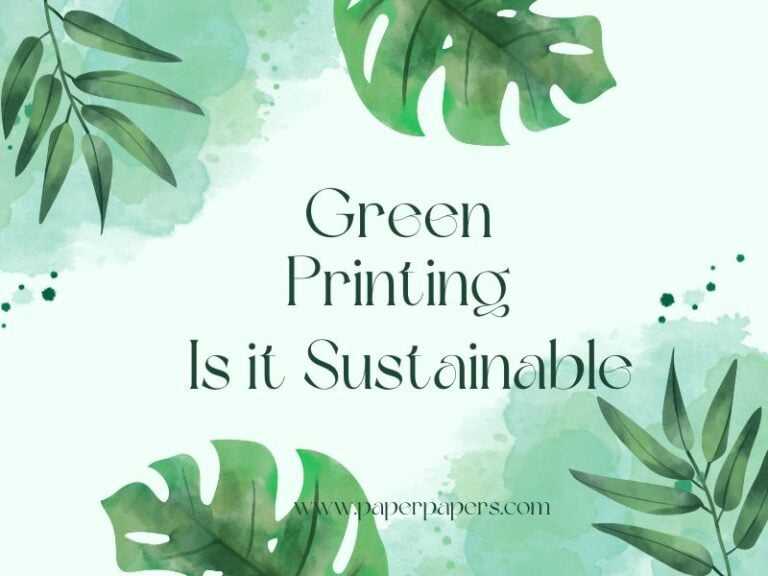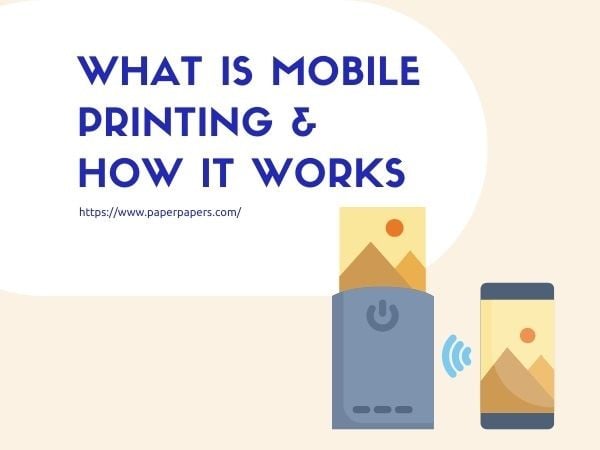What is Large Format Printing and How Does it Work | Types
If you wish to make a lasting impression in today’s visually-driven world, large format printing may be the answer. From huge banners to striking trade show backdrops, it’s hardly surprising why businesses who master large format printing are way ahead.
Whether you wish to boost your brand’s visibility or express your product’s creativity, large format printing is the way to go. In this article, we’ll dig into everything you need to know about this printing technique and more.
What is Large Format Printing?
As the name suggests, large format printing is a form of commercial print media that large-scale prints that go beyond traditional sizes.
Also known as wide format printing, this printing takes an entirely different approach to conventional printing, capturing attention better than ever. This is primarily why more businesses are turning to large format printing today.
According to stats, the global market size for large format printing is expected to grow from $8 billion to $10.4 billion by 2028. This shows that this type of digital printing is here to stay, helping businesses get their messages across in the most visually appealing ways. These prints can be used for advertising, signage, or product displays.
The best part? When it comes to the options you have with large format prints, the sky’s the limit. The versatility of this printing technology is a huge plus, which includes:
- Banners
- Murals
- Wall Panels/ Wallpapers
- Billboards
- Large Posters
- Brochures & Blueprints
- Signages
- Large Maps
How Large Format Printing Works
Large format printing lets you create large, high-resolution prints that also offer top-notch clarity. It’s especially great when crafting advertising messages that are both bold and impactful. While large format printers work pretty much like standard printers, the main difference lies in the type of substrates they use, including:
- Plastic
- Metal
- Polyvinyl chloride (PVC)
- Canvas
- Fabrics
- Wood
- Foam
In addition to printing on a wide range of materials, large format printing allows you to print on different shapes and sizes. When printing using this format, start by picking the substrate you wish to use while keeping the product and design in mind.
Once you’ve selected the size and design, input your desired dimensions onto the computer. Make the necessary adjustments so the printer knows exactly how to print the design accurately. Then, the printer sprays the ink evenly to match the graphics.
Fortunately, most commercial large format printers are versatile enough to handle different designs and formats effectively.
Basic Uses of Large Format Printing
When it comes to large format printing, knowing how the process works is the key. If you don’t have a large format printer, you may turn to a commercial printing expert to handle the task for you. In case you’re unsure, here are some common uses of large format printing:
- Vinyl Banners: Eye-catching banners for outdoor advertising and billboards
- Photo Canvas Prints: High-quality image reproductions ideal for decor
- Festival and Community Events: Large, vibrant prints to promote events and engage the audience at festivals
- Trade Show Booths: Professional business or product displays to draw attention
- GIS Maps: Detailed, large-scale maps for accurate geographic guidance
Types of Large Format Printing
If you’re considering opting for large format printing to make your business stand out, it’s essential for you to choose the most appropriate type. Here’s a rundown of the six types of large format printing to produce oversized prints.
1. UV-Cured Printing
UV-cured printing uses ultraviolet light or light-emitting diodes to cure ink, which rules out the need for additional drying time. This method is super efficient when creating durable prints resistant to sunlight exposure, such as billboards and displays.
UV-based printing ensures the ink adheres instantly to the substrate to create vibrant colors with sharp details.
The most noteworthy point about UV-cured printing is its cost-effectiveness since it doesn’t require a separate coating. Plus, the prints are long-lasting, which makes them ideal for wood, acrylic, vinyl, and similar substances. However, UV printing often requires professional handling to avoid skin contact with ink and the risks associated with it.
2. Latex Printing
Relatively new to the printing industry, latex printing is an innovative technique using water-based latex inks to produce oversized prints. Latex printing uses heaters to bind the ink to different substrates and dry them afterward.
Like UV printing, latex inks are also known for their exceptional weather resistance, making them ideal for outdoor signage and similar applications.
The best part? This type of large format printing is eco-friendly and hence, reinforces the concept of green printing. However, it is energy-intensive in nature, which makes the upfront cost higher than alternate methods. Plus, it requires highly durable materials that can withstand high temperatures.
3. Dye-Sublimation Printing
Dye-sublimation is a kind of large format printing that works best with fabric applications. It uses heat to transfer dye/ink directly onto a cloth substrate, without needing a separate curing process. Some examples of dye-sublimation printing include flags, trade show displays, and even custom garments.
Dye-sublimation is particularly effective on 100% cotton fabrics, producing vivid colors and sharp imagery. Even if you closely inspect, the quality remains impressive, without even requiring drying time after the substrate leaves the press. Yet, this method may require pricey inks and is slower when compared to other large format printing types.
4. Solvent Printing
Solvent printing is a widely used method that produces large-scale business signs and graphics. It uses solvent-based inks designed to dissolve and adhere effectively to various substrates, particularly vinyl and plastics.
Initially, the solvent ink penetrates and bonds with the substrate to produce weather-resistant prints. Once printed, the solvent evaporates, leaving behind a perfect finish.
One reason solvent printing stands out is its ability to create bold graphics that leave a lasting impact on the audience. Despite this, it’s important to be mindful of the hazards surrounding solvent printing.
It releases fumes during the printing process, which may pose a variety of environmental and health concerns. If exposed for too long, these fumes may even be fatal.
5. Aqueous Printing
Aqueous printing, also known as aqueous inkjet printing, uses water as its primary ink component. While it requires additional steps, such as lamination for durability, it’s a great choice for producing top-quality images.
Since it’s also eco-friendly, aqueous printing is safe to use without requiring any ventilation.
However, it’s important to remember that additional coatings might add to the overall cost, making it pricier than other large format printing types. Plus, it uses fabric or paper as the main substrates which are also more expensive as compared to other printing materials.
6. Pen Printing
Lastly, pen printing utilizes pens to draw directly on the substrate. Some digital companies employ plotters for this purpose. This method is great for producing high-quality line drawings, so it’s no surprise that it works best for blueprints, technical plans, and other detail-oriented prints.
Nonetheless, pen printing techniques are less preferred than modern methods, particularly for their slower nature. For the most part, UV and latex printing have taken over the role of pen printing today.
Final Words
Now that you know what large format printing is and how it works, it’s time to put this into practice to take your marketing efforts to new heights! Compared to standard printing, it’s a great way to capture your audience.
Plus, you can always choose what type of large format printing works best for your business.
If you’re seeking a reliable commercial painting company, you join hands with PaperPapers. With years of experience, they’re the best fit for your business’s printing needs!

